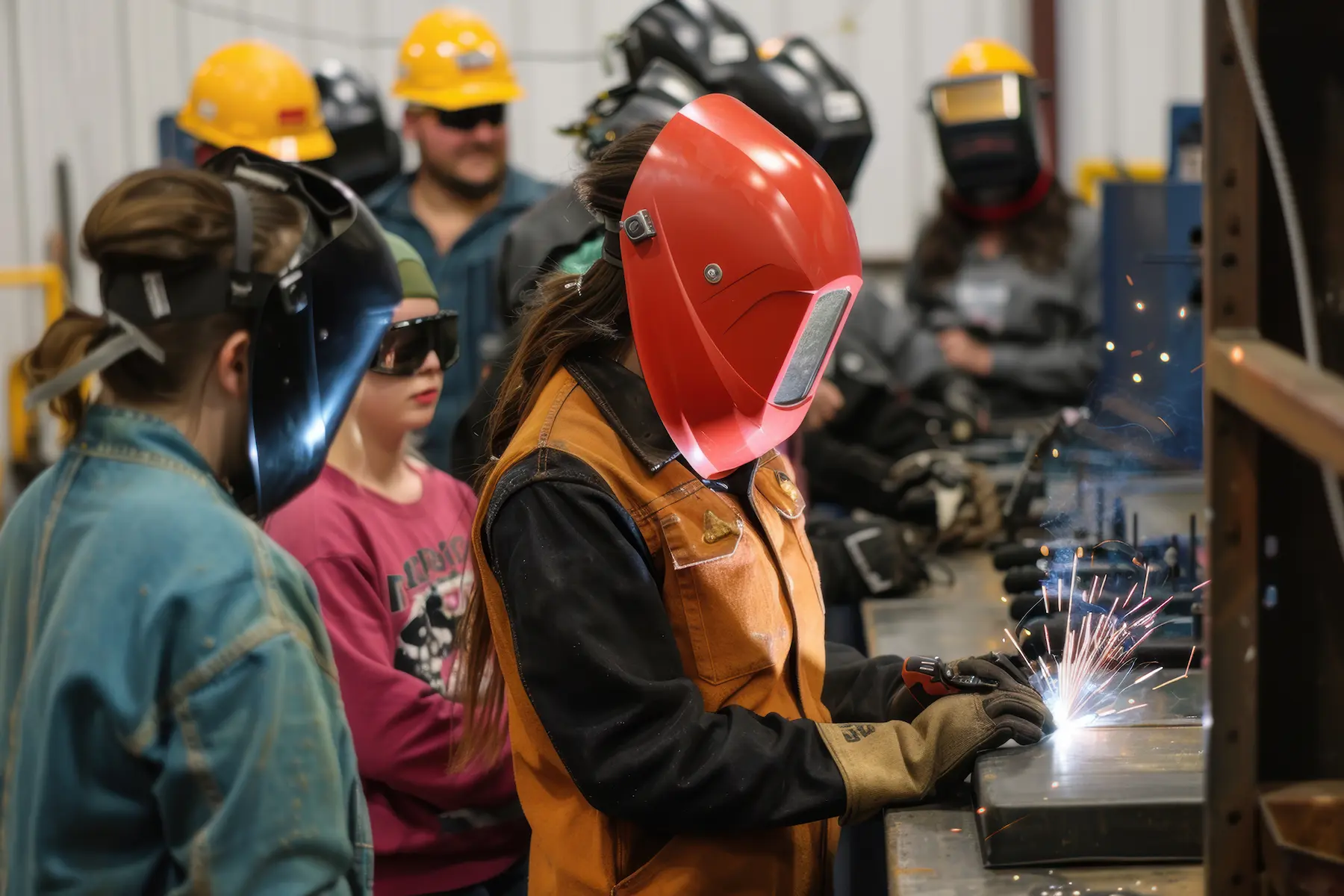For decades, the American education system has emphasized four-year college degrees as the primary path to career success. However, a growing skills gap in critical industries—from construction and manufacturing to electrical work and plumbing—has revealed the urgent need for a renaissance of skilled trades training in schools. As businesses face labor shortages and infrastructure demands increase, investing in vocational education is not just a necessity—it’s an economic imperative.
The Economic Impact of the Skilled Trades Training Shortage
The skilled trades are the backbone of our economy, providing essential services that keep communities running. However, a decline in trade education has led to a significant shortage of skilled workers, creating economic challenges such as:
🔹 Rising Labor Costs – With fewer trained professionals available, wages in the skilled trades are increasing, making projects more expensive and delaying essential infrastructure improvements.
🔹 Delayed Growth & Development – The lack of electricians, plumbers, welders, and machinists slows the expansion of businesses, housing developments, and public projects, impacting economic progress.
🔹 Increased Dependence on External Labor – Companies are forced to seek skilled labor outside their regions, increasing costs and reducing local job opportunities.
Workforce Development: Bridging the Gap with Education
To build a sustainable workforce, schools must reintegrate robust, skilled trades programs into their curriculum. This approach provides students with alternative career pathways while addressing the labor market’s needs. Benefits include:
✅ Higher Employment Rates – Students trained in trades are job-ready upon graduation, reducing unemployment and underemployment rates.
✅ Stronger Local Economies – A skilled local workforce attracts businesses, fosters economic growth, and reduces reliance on outside labor.
✅ Diverse Career Opportunities – Trades offer lucrative, stable careers with less student debt, making them an attractive option for young professionals.
Local Leadership, Lasting Impact: Noblesville’s Approach to Solving the Skilled Trades Gap
The City of Noblesville and its workforce partners are taking proactive steps to champion the resurgence of skilled trades training and prepare the next generation of workers. Here’s how:
🔧 Collaborative Industry-Education Partnerships – Noblesville Schools is nationally recognized for its STEM programming throughout K-12, and the high school’s workforce coordinators tirelessly work to develop industry partnerships aligned with in-demand trades, including dual-credit opportunities, internships, on-site training, and mentorships. One example is the ABC Prep Academy, where students can gain skilled trades training and work to gain their apprenticeship hours, all while still in high school.
🔧 Workforce Development Programs – As a key partner in the region’s talent pipeline, Ivy Tech Community College Hamilton County provides accessible, high-quality education in high-demand fields such as facilities management, industrial maintenance, HVAC, and many other skilled trades. Through flexible learning options, dual-credit high school partnerships, and industry-driven certifications, Ivy Tech equips students with job-ready skills while helping local businesses grow a skilled and reliable workforce.
🔧 Investment in Career and Technical Education (CTE) – Noblesville supports the expansion of CTE programs that expose students early to high-demand trades such as advanced manufacturing, healthcare, and construction technology. The Pursuit Institute offers students the opportunity to choose from over 450 courses by foregoing a traditional brick-and-mortar building and coordinating programs directly with providers across the region.
The future of our regional economy relies on bold, local leadership and the reinvigoration of hands-on learning. Noblesville is proud to lead the way in equipping our workforce with the skills they need—and our businesses demand—for long-term success.










